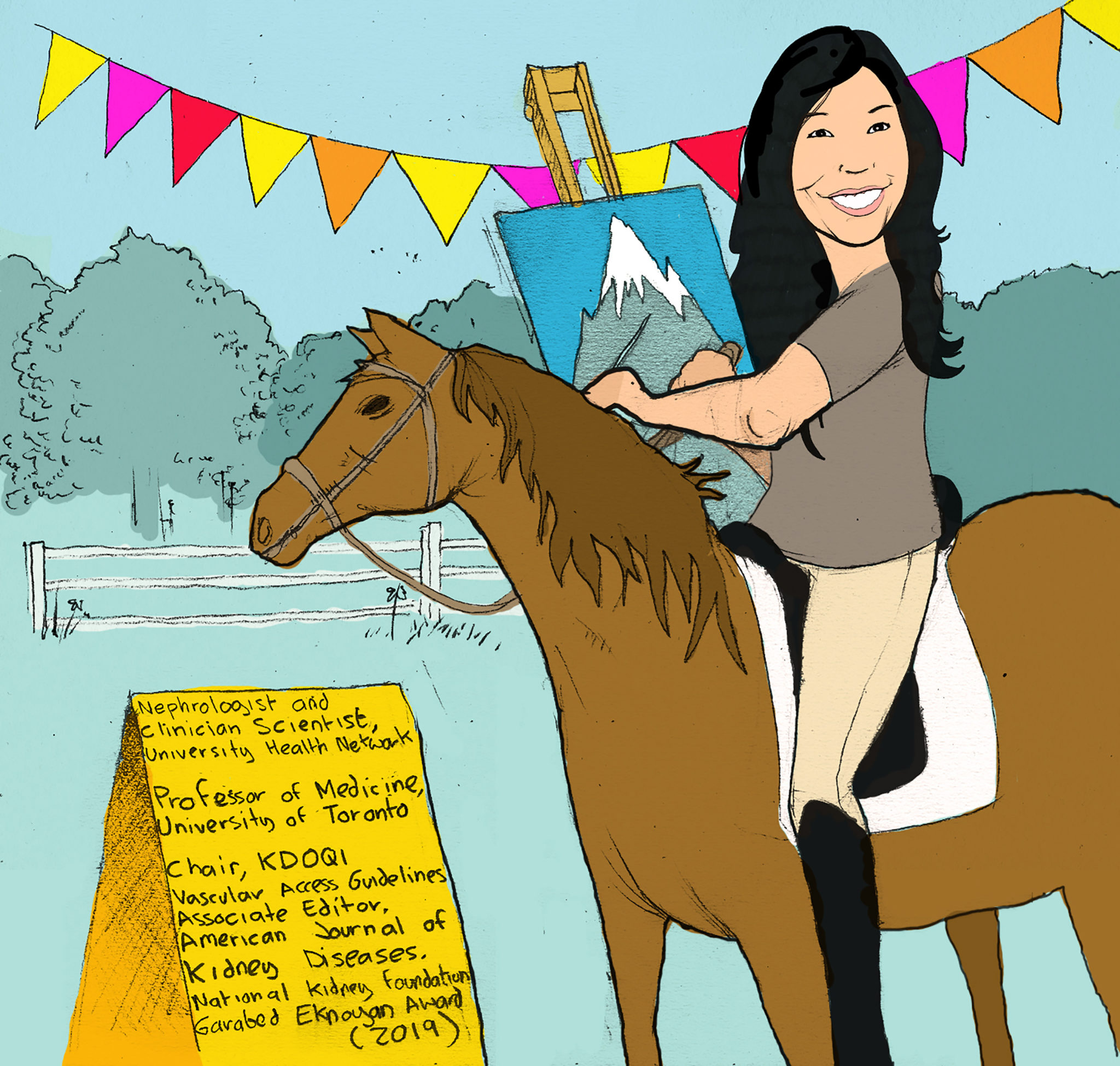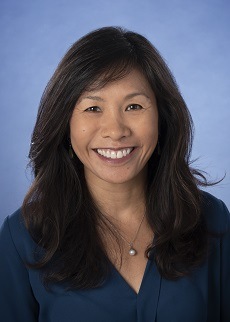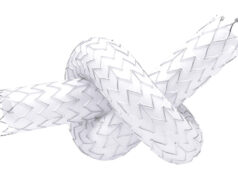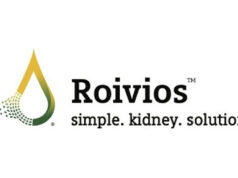 Equally at home on the ward seeing patients, at study sites conducting research, and travelling the world for voluntary medical missions, Charmaine Lok has engaged in all aspects of the modern medical profession. Lok is a nephrologist and clinician scientist at the University Health Network (UHN), and professor of medicine at the University of Toronto, in Toronto, Canada. As the principal investigator of the pivotal trial that made endoAVF accessible to patients in North America and chair of the Kidney Disease Outcomes Quality Initiative (KDOQI) clinical practice guideline for vascular access, she has also played a central role in shaping the current landscape of kidney disease care. Here, Lok speaks to Renal Interventions about these achievements, her career to date, and more.
Equally at home on the ward seeing patients, at study sites conducting research, and travelling the world for voluntary medical missions, Charmaine Lok has engaged in all aspects of the modern medical profession. Lok is a nephrologist and clinician scientist at the University Health Network (UHN), and professor of medicine at the University of Toronto, in Toronto, Canada. As the principal investigator of the pivotal trial that made endoAVF accessible to patients in North America and chair of the Kidney Disease Outcomes Quality Initiative (KDOQI) clinical practice guideline for vascular access, she has also played a central role in shaping the current landscape of kidney disease care. Here, Lok speaks to Renal Interventions about these achievements, her career to date, and more.
What initially attracted you to medicine, and the field of nephrology in particular?
Interestingly, I was not initially attracted to medicine but it fell along a path that led me to realise: never say “never”. When I struggled to decide between a career in architecture or physical therapy, family and friends offered another option. “What about being a doctor?” I said “never”. I became a physical therapist and worked as one for several years. I loved it, but knew I would become restless for greater challenges and pursued a career in medicine. Later, I could not decide on a medical subspeciality. When asked about nephrology, I said “never”, but then realised nephrology encompassed cardiology, respirology, rheumatology, intensive care and much more. It was so ridiculously complex and confusing it would take my entire life to try to figure out, and there was so much potential for therapeutic discovery that it would keep me busy, excited and challenged. Further, because kidney disease is largely silent—patients often come to attention at a late stage or when it is too late—I wanted to help make a change in this process and their lives, and to lend a voice to advocate for kidney patients and their families.
Who have your mentors been and how have they impacted your career?
I am so grateful to have had many mentors and role models in my life both personally and professionally—too many to name them all, and all of them patient, kind and so wise. Focusing on my nephrology and research career, Robert Richardson supported my inquisitive nature to find the answers to challenging clinical questions; he mentored and encouraged my leadership in haemodialysis and I followed in his footsteps as a medical director. I was inspired and encouraged by the legendary nephrologist Dimitrios Oreopoulos, who conceived peritoneal dialysis, to innovate; I was the first nephrologist to create an endoAVF in an animal model and led the way for the innovation to be used in humans as the principal investigator in the pivotal NEAT trial. I am also thankful for the endless support and advice from my early mentors, Jan Hux, Kenneth Stanley and the renowned David Sackett, and the guidance of visionaries including Catherine Whiteside, Stan Fenton, Paul Tam, Jerry Yee, Harold Feldman, Marc Glickman and Gerald Beathard. A career highlight I will cherish is my meeting with Michael Brescia—creator of the arteriovenous fistula (AVF) for haemodialysis—who affirmed my pivotal research.

What do you feel has been the most important development in the field of kidney care during your career?
There is not a single most important development, since the field of kidney care is so broad. In the context of chronic kidney disease (CKD) care before dialysis, progress in the management of diabetic kidney disease and cardiovascular prevention—for example, wearable insulin pumps and glucose monitoring, ACEI/ARB, and SGLT2-inhibitors—have helped patients survive to progress to end-stage kidney disease (ESKD) needing dialysis or transplant. Once on dialysis, erythropoietin-stimulating agents, which we take for granted now, were a gamechanger for improving patients’ quality of life and reducing blood transfusions. For the Achilles’ heel of haemodialysis—the vascular access—endovascular fistula creation has been the most important development to increase options for patients.
Why was the most recent update to the KDOQI guidelines needed, and how would you assess the impact it has had?
Since the last KDOQI vascular access guidelines in 2006, there have been new practice patterns, technologies and more rigorous evidence to inform vascular access care. An update was certainly due. The benefits of a long timeframe between guidelines are the ability to observe and understand practice impacts from prior guidelines, accrue data from new studies, and revise guidelines accordingly. Importantly, the targets and emphasis of the 2019 guidelines have changed from being more population-based to an individualised vascular access approach to care. As such, the impact should be measured accordingly. Additional key impacts will be the new research and data stimulated to inform the next guidelines.
Besides your own work, what is the most interesting piece of nephrology research you have seen in the past year?
The most interesting and exciting research over the past year is the proof-of-concept pig organ xenotransplantation that occurred at NYU Langone Transplant Institute in October 2021. In this study, a kidney from a genetically engineered pig was anastomosed to blood vessels in the upper leg (designed to be external for observation purposes) of a person on life support with no detectable brain activity, which immediately produced urine. Clearly, further rigorous, long-term research and serious ethical considerations must occur, but this may be a significant gamechanger for ESKD patients in the environment of organ shortages for kidney transplantation.
What is the most significant unmet need in the kidney care field right now?
On a global stage, CKD awareness and strategies for prevention. For potential kidney transplant patients, availability of organs and access to immunosuppressive agents to maintain the transplanted organ. For dialysis, treatments that effectively target cardiovascular events and sudden death, and, of course, our Achilles’ heel—achieving reliable, complication free vascular access without needless interventions.

Could you outline your medical mission to Africa, and how it has impacted your career as a physician?
The medical mission I took part in was to Tanzania in 2008—our homebase was in Moshi, where we set up a clinic, Pamoja Tunaweza Women’s Centre. Our focus was to help women and children with HIV, although within the clinic and on our caravans to surrounding areas, we treated many men, women and children without HIV too. From a nephrology perspective, I tried to help by donating equipment automated to detect urinary abnormalities and an electrocardiogram (ECG) machine, in an effort to screen for CKD and its complications. There was no access to haemodialysis but we did arrange for a patient to receive acute peritoneal dialysis. At the end of the mission, we climbed Mount Kilimanjaro to raise funds for the clinic. It was exhilarating to reach the top, but it was even more gratifying that we raised enough to keep the clinic open for two or more years. This experience was tremendously humbling and remains a poignant reminder of the stark contrast to my privileged work and life environments. Perhaps it has influenced me to continue to do volunteer work, such as for the National Kidney Foundation (NKF), American Society of Nephrology (ASN) and other organisations, and to set up my own non-profit organisation, Kidney CARE Network International, to help patients living with CKD.
What advice would you give to people embarking on a career in the field of nephrology?
Make sure you are happy with what you are doing. Be ready to work hard, be ready for surprises, take opportunities as they come (never say never!), and have resilience and patience, as you will come across some of the most complex medical/surgical cases, and difficult patients and families, in your career. But you may also be rewarded with the deep gratification of being the person to provide or guide the life-changing treatment to positively change the life of a kidney patient who desperately needs your help. Be ready for the future, as it is prime time for the kidney world to experience innovation and change.
What are your interests outside of the field of medicine?
My interests outside of medicine include my adventures with horses and the equestrian sport—I ride dressage, although I also love to hack and have previously jumped courses. I am currently challenged by training a young horse and constantly learning to be a better horsewoman. Also, after a long hiatus, I have picked up the paintbrush and started painting again. I love nature and spend hours putzing about and enjoying my pond, hiking, and the great outdoors. My driving force is my family; my greatest pride is my two beautiful daughters; my comfort is my dog, Belle; and I am supported by my incredible husband.
Fact file
Key current appointments:
- Professor of medicine, University of Toronto, Toronto, Canada
- Nephrologist and clinician scientist, University Health Network, Toronto, Canada
- Graduate Faculty, Institute of Health Policy, Management and Evaluation, Dalla Lana School of Public Health, University of Toronto
- Graduate Faculty, Department of Health Research Methods, Evidence, and Impact, Faculty of Health Sciences, McMaster University, Hamilton, Canada
Education:
- 1995: MD, McMaster University
- 1998: Diplomate, American Board of Internal Medicine, Philadelphia, USA
- 1999: FRCP(C), Internal Medicine, Royal College of Physicians and Surgeons of Canada, Ottawa, Canada
- 2000: FRCP(C), Nephrology, Royal College of Physicians and Surgeons of Canada
- 2001: MSc, Clinical Epidemiology, Harvard School of Public Health, Boston, USA
International Honours (selected):
- 2013: Gerald Beathard Award, American Society of Diagnostic and Interventional Nephrology
- 2015–present: Principal investigator, PISCES study
- 2016–present: Chair, KDOQI Vascular Access Guidelines
- 2016–present: Associate editor, American Journal of Kidney Diseases
- 2019: Garabed Eknoyan Award, National Kidney Foundation












